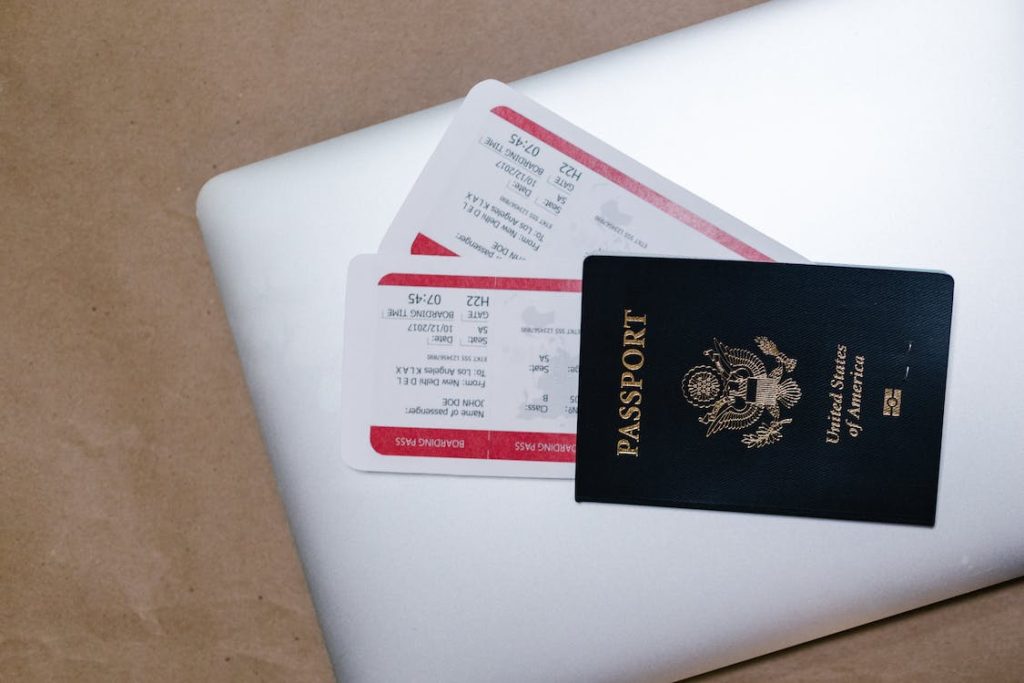How To Find Cheap Flights Online?
Are you dreaming of your next adventure but want to avoid the cost of flights? Finding cheap flights online can be daunting, but with the right strategies and tools, you can score great deals and turn your travel dreams into reality.
What Factors Affect Flight Prices?
Before delving into the strategies for finding cheap flights, it’s essential to understand what influences flight prices. Several factors come into play, including:
Time of Booking: Booking well in advance or at the last minute can impact prices.
Seasonality: Traveling during peak seasons can be more expensive.
Day of the Week: Weekday flights are often cheaper than weekend flights.
Time of Day: Red-eye or early morning flights may be more affordable.
Flight Route: Non-stop flights can be pricier than those with layovers.
Airline Choice: Different airlines offer varying price ranges for the same route.
The Importance of Flexibility
Flexibility is your best friend when searching for cheap flights. Being open to adjusting your travel dates, destination, and even your departure airport can significantly reduce your travel expenses. The more flexible you are, the more opportunities you have to find budget-friendly options.

Best Time to Book Flights
While there’s no one-size-fits-all answer to when you should book your flights, some general guidelines can help:
Domestic Flights: Aim to book 3-4 weeks in advance for the best deals.
International Flights: Booking 2-3 months ahead is a good strategy.
Holiday Travel: Secure your tickets earlier, especially for peak holiday seasons.
The Power of Flight Comparison Websites
Flight comparison websites like Google Flights, Skyscanner, and Kayak are powerful tools for finding cheap flights online. They aggregate flight data from various airlines and booking platforms, making it easy to compare prices and options.
To refine your search and uncover hidden gems, use advanced search filters. These allow you to filter results based on factors like the number of layovers, airline alliances, and specific airports. Many flight search engines offer fare calendars that display prices for an entire month. This feature can help you identify the cheapest flying days to your desired destination.
Subscribing to Fare Alerts
Fare alert services like Google Flights and Skyscanner can notify you when prices drop for your preferred routes. Setting up these alerts can save you both time and money. Subscribe to newsletters from airlines, travel deal websites, and fare aggregators. These newsletters often share exclusive promotions and flash sales.
If you’re spontaneous and flexible, you can sometimes find incredible last-minute deals. Keep an eye on last-minute flight sections on airline websites and booking platforms.
Consider Nearby Airports
Check if there are alternative airports near your destination. Sometimes, flying to a nearby city and taking ground transportation can be significantly cheaper.
Consider splitting your itinerary if you’re traveling to multiple destinations. Booking separate one-way flights can sometimes be more cost-effective than a round-trip ticket. Frequent flyers can benefit from airline loyalty programs. Accumulating miles and status can lead to complimentary upgrades and discounted flights.
Pros and Cons of Budget Airlines
Budget airlines offer lower base fares but may charge extra for services like baggage and in-flight meals. Weigh the pros and cons carefully. Compare prices and services between budget airlines and legacy carriers. Sometimes, a slightly more expensive ticket on a legacy carrier includes additional amenities. Be aware of potential extra fees, such as charges for choosing your seat or checking in at the airport. Read the fine print before booking.

Embracing Off-Peak Travel
Traveling during off-peak seasons or mid-week can lead to significant savings. Plus, you’ll often encounter fewer crowds. Choosing flights with layovers can be cheaper than non-stop options. Use this opportunity to explore an additional city during your journey. Consider open-jaw tickets (flying into one city and returning from another) or multi-city itineraries to explore multiple destinations without doubling your expenses.
What Are Error Fares?
Error fares are pricing mistakes made by airlines or booking platforms. They can lead to unbelievably low fares, but they’re often short-lived. Follow error fare-finding websites and social media groups. Act quickly when you spot one, as they tend to disappear fast. Be cautious when booking error fares. Ensure the booking is confirmed before making any non-refundable plans.
The World of Travel Rewards
Explore travel rewards programs offered by credit cards and airlines. These programs can earn you miles that translate into free or discounted flights. Learn how to maximize your mileage accrual through credit card spending and other strategies. When you’ve accumulated enough miles, redeem them for flights. Consider travel credit cards that offer sign-up bonuses and ongoing benefits like lounge access and travel insurance.
Packing Light and Avoiding Extra Fees
Pack strategically to avoid checked baggage fees and carry-on restrictions. Every pound you save can lead to lower fares. Protect your investment with travel insurance, especially when booking non-refundable flights. Understand the terms of your chosen policy. Sometimes, you can negotiate directly with airlines or travel agents for better deals, especially when booking group travel or special occasions.




